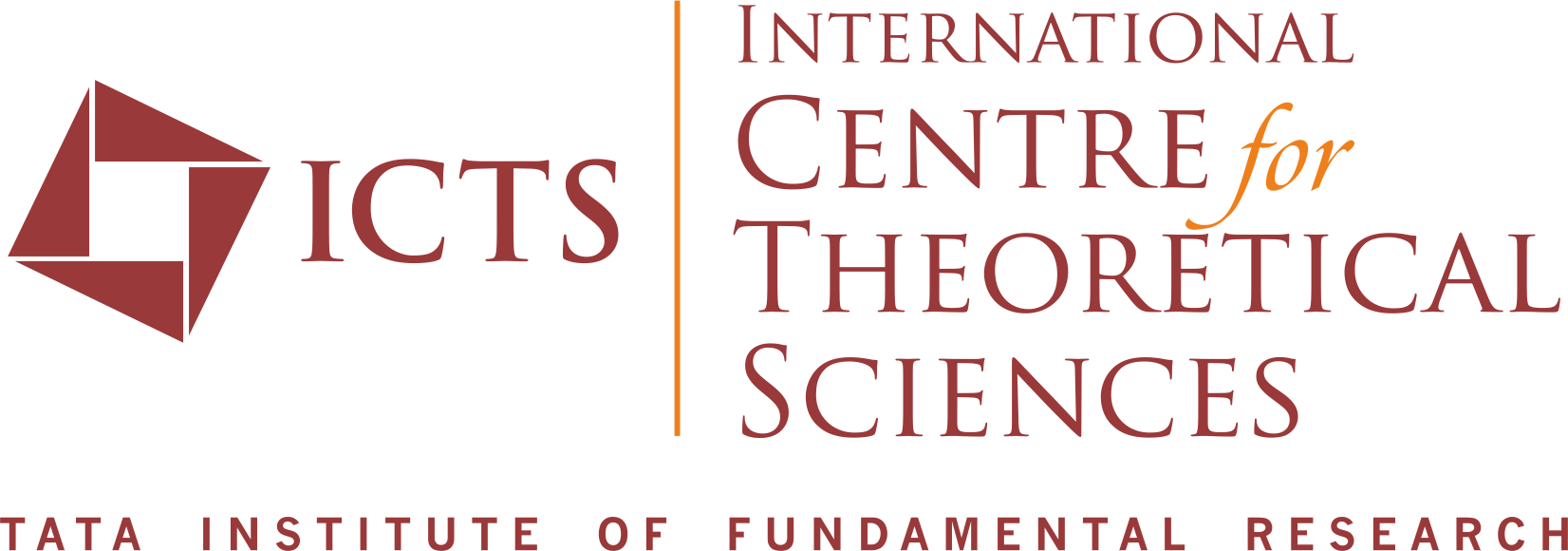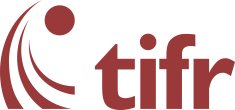| Time | Speaker | Title | Resources | |
|---|---|---|---|---|
| 09:45 to 11:00 | Sara Maloni (University of Virginia, Charlottesville, USA) |
Geometric structures associated to Anosov representations Anosov representations can be considered a generalization of convex-cocompact representations for groups of higher-rank. In this talk we are considering connected components of Anosov representations from the fundamental group of a closed hyperbolic manifold N, and which contains Fuchsian representations, and their associated domains of discontinuity. We will prove that the quotient of these domains of discontinuity are always smooth fiber bundles over N. Determining the topology of the fiber is hard in general, but we are able to describe it for representations in Sp(4,C), and for the domain of discontinuity in the space of complex Lagrangians in C^4 by using the classification of smooth 4-manifolds. This is joint work with Daniele Alessandrini, Nicolas Tholozan and Anna Wienhard. |
||
| 11:30 to 12:45 | Michael Wolf (Georgia Institute of Technology, Atlanta, USA) |
Ray Structures on Teichmuller Space We depict harmonic map ray structures on Teichmüller space as a geometric transition between Teichmüller ray structures and Thurston geodesic ray structures As an application, while there may be many Thurston metric geodesics between a pair of points in Teichmüller space, we find that by imposing an additional energy minimization constraint on the geodesics, thought of as limits of harmonic map rays, we select a unique Thurston geodesic through those points. There are applications to the envelopes of Thurston geodesics between a pair of points. |
||
| 14:30 to 15:30 | Shubhabrata Das (Presidency University, Kolkata, India) |
Amenable action for Groups with weak hyperbolicity properties Amenability of a group action is a dynamical generalisation of amenability for groups, with interesting applications in geometry and topology. Many (non-amenable) groups, like the Gromov hyperbolic groups, relatively hyperbolic groups (with suitable parabolic subgroups), mapping class groups of surfaces and outer automorphism groups of free groups admit amenable actions. In this talk we will define amenable action of a group and outline two constructions of amenable actions for (i) acylindrically hyperbolic groups and (ii) hierarchically hyperbolic groups, which generalise some of the above classes of groups, and thereby giving a new proof of amenable action for the mapping class groups. This is based on a joint work with Partha Sarathi Ghosh. |
||
| 16:00 to 17:00 | - | Short talks Title and abstracts |
| Time | Speaker | Title | Resources | |
|---|---|---|---|---|
| 09:45 to 11:00 | Viveca Birgitta Erlandsson (University in Bristol, Bristol, UK) |
Geodesic currents and curve counting The goal of this mini-course is to give an idea of a proof of Mirzakhani's curve counting theorems, using geodesic currents. Mirzakhani proved that the number of closed curves of fixed topological type and length bounded by L on a hyperbolic surface is asymptotic to a constant times L^{6g-6}. Originally she gave very different proofs of this statement depending on whether the curves are simple or not. However, the use of geodesic currents allows one to consider the two cases as one. In the first lecture we will discuss geodesic currents and their properties, and in the second lecture give an outline of the proof. |
||
| 11:30 to 12:45 | - | Short talks Title and abstracts |

